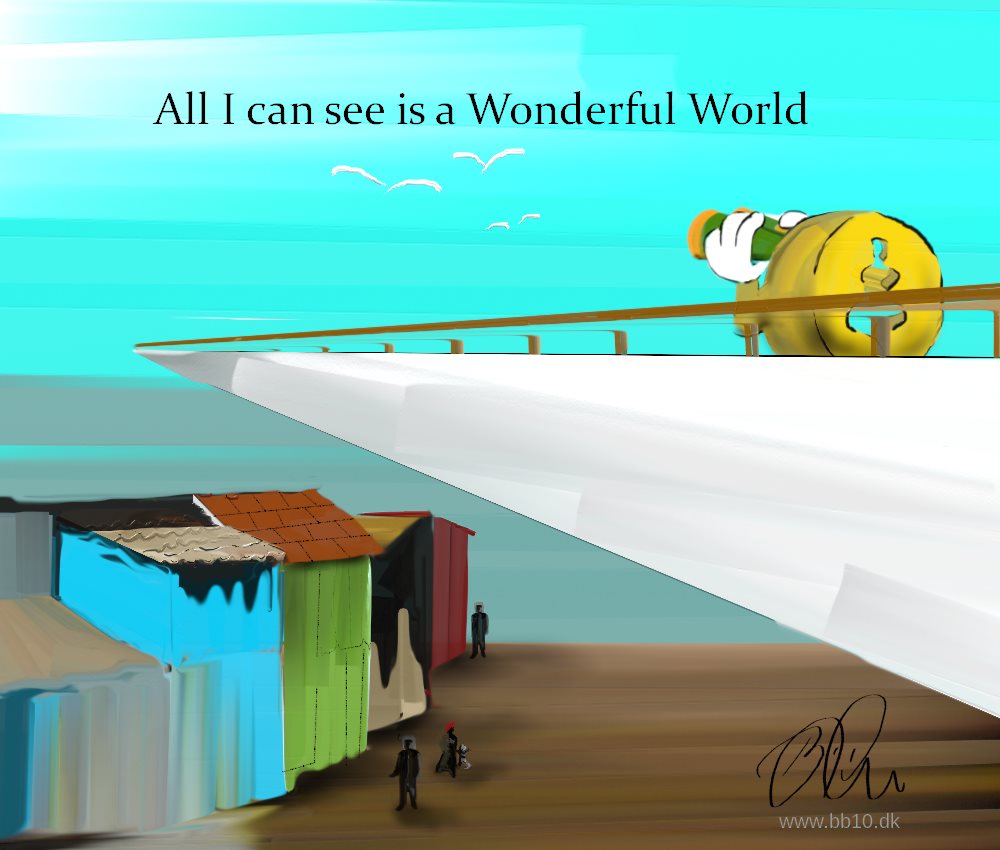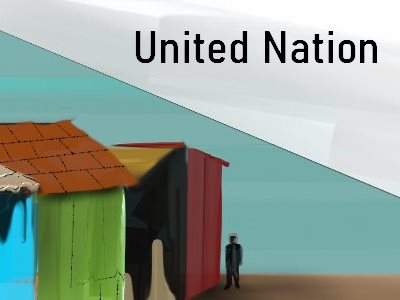In our world
In our world
All I can see
In our world, is one out of eight people living in slums.
In total, around 1 billion people are living in slum conditions today.
This not only amounts to a rather unacceptable contemporary reality, but to one whose numbers are continuously growing.
In spite of great progress in improving slums and preventing their formation
– represented by a decrease from 39 per cent to 30 per cent of urban population living in slums in developing countries between 2000 and 2014
– absolute numbers continue to grow and the slum challenge remains a critical factor for the persistence of poverty in the world,
excluding fellow humans and citizens from the benefits of urbanisation and from fair and equal opportunities to attain individual and collective progress!
The work to end extreme poverty is far from over.
It is becoming even more difficult to reach those remaining in extreme poverty, who often live in fragile contexts and remote areas.
Access to good schools, healthcare, electricity, safe water and other critical services remains elusive for many people,
often determined by socioeconomic status, gender, ethnicity, and geography.
Source: The Hunger Project
All I can See
All I can see
World’s slum populations set to surge as housing crisis bites
More than 1 billion people live in urban slums globally
Slum population forecast to reach 3 billion by 2050






